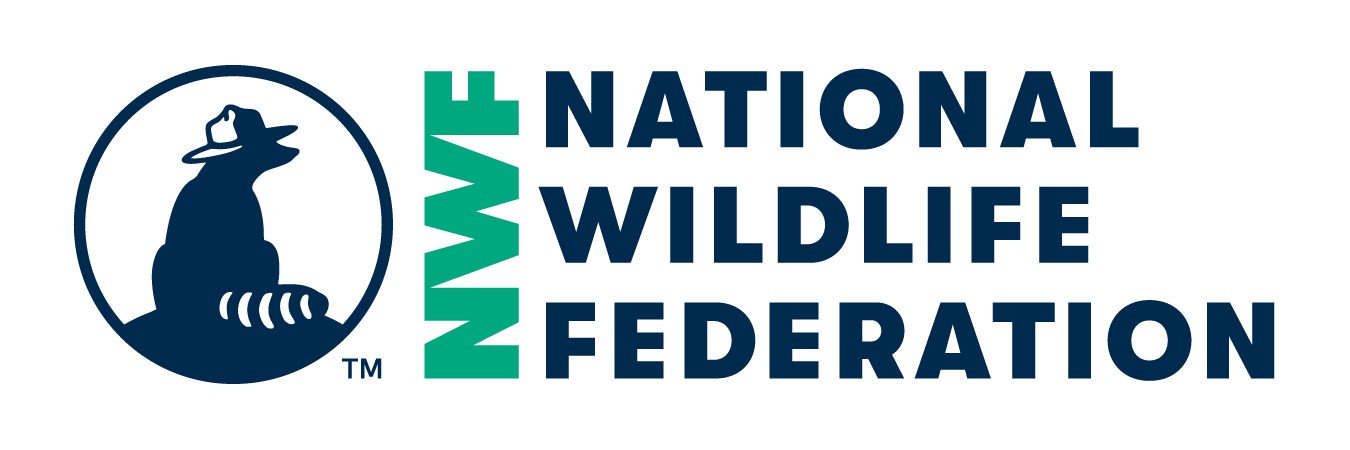Swap-O-Rama
http://www.nwfecoleaders.org/forms/item/54/615
If other:
1. Where is the biggest impact of this project?
Campus
If other:
2. What were the goals for your project?
To provide a zero waste event that encourages students and faculty to rethink their consumption, and fashion choices. We wanted to provide a fun opportunity for students to clean out their closets, and then pick out new clothes that they like. This will prevent demand for some new products as well as provide students with free clothing so that they an spend money on more important things.
3. What strategy did you use?
Advocacy, Education, Investment
If other:
4. Did you accomplish the goals you set for this project? Please explain.
Most of them. We were not able to find a panelist for the event. We were also not able to make the event zero waste. We did have a great turn out and were able to explain to students the importance of being a wise consumer and of the power we hold in our choices. Next year we have found a sponsor that will provide reusable bags for students to take clothes home in.
5. Choose your impact measure type.
Pounds of recycling increased
What were the measurable outcomes of your project?
We did not really measure, we didn't have a way of weighing the clothing that was taken in. That is something to look at for next year.
6. When did you begin and complete your project?
we began planning in February. The start of the event was April 1st, the movie screening, collection took place throughtout the month, then the end of the project was on April 30th, when our little "pop-up shop" opened and students took home clothing, and whatever we had left was donated to a local charity that we know will not sell it to people that need to spend their money on other things.
7. What was challenging about your project and how did you respond?
what was challenging was finding people to volunteer in some way or form. In the beginning participation was very low. At the end of the month was had a decent number of volunteers, but more would have been better. We had trouble finding people that wanted to speak about fast fashion. we also had trouble finding other clubs to help support us.
8. Which groups were involved in this project? Students, faculty, staff or community groups?
The Student Sustainability Union, and the Disabilities awarness Club
9. Was your project funded? If so, how?
The light refreshments that were provided at the screening were paid for by the Student Sustainability Union's funds. Everything else was no cost
10. How did you communicate about this project and educate the broader campus and/or community?
We used powerpoints around campus, flyers, and elcetronic signage infront of the campus. To educate we showed the film "True Cost" and discussed Fast Fashion with students at the swap.
11. How have you evaluated your project?
Group reflection, User survey
If other, please describe:
12. What did you do after your reviewed your project?
Revised goals, Communicated your project results through a blog or other media, Celebrated
If other, please describe:
13. What was the biggest or best thing you learned from your project?
To keep pushing. The screening had a very low turn out, but the Swap-O-Rama was a huge success. But we also want to put more of an education spin into the Swap, we weren't able to talk to every student, but we left feeling like we should have done more on the education aspect.
14. What advice would you give to others working on a similar project?
Try to supply students with reusable bags. Do your best to educate the students so that after the event they are trying to be a better consumer.
15. Based on your response above, what are your future plans for this project? And are there resources (people, financial, etc.) available to sustain it?
We have found a company to supply us with reusable bags. We are going to set up the clothing more like a store, with more racks so that students can see the clothes. Maybe add more screenings. The clothing also went really fast so we want to do "Rounds" of clothing so that it doesn't go too fast.
Category ARCHIVED | PROJECT CERTIFICATION







Project Feedback